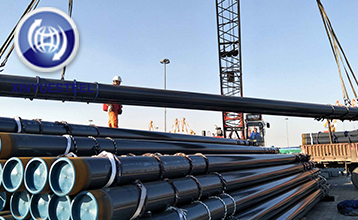Market participants need not be overly pessimistic about steel market demand in the later stage
Oct. 26, 2021
First, the economic stimulus is expected to increase. In the fourth quarter, in order to alleviate the downward pressure on the economy, domestic economic stimulus is expected to increase, and policies to expand domestic demand and promote consumption will gradually increase. Monetary and fiscal policies are expected to relax marginally to support the development of real enterprises.
Second, the growth rate of consumption has picked up. In September, the total retail sales of consumer goods increased by 4.4% year-on-year, and the two-year average growth rate was 3.8%.

Third, the production and sales of the auto market may improve. With the improvement of the epidemic prevention and control situation in Southeast Asia, the domestic automotive chip supply problem will be alleviated, which is conducive to the production and sales of the automotive market.
Fourth, the demand for real estate deserves to be viewed with optimism. At the 2021 Financial Street Forum annual meeting that opened on October 20, Liu He, member of the Political Bureau of the CPC Central Committee and Vice Premier of the State Council, said that the reasonable funding needs of real estate are being met, and the overall trend of healthy development will not change. This has boosted confidence in the market’s expectation of demand for the real estate industry.
Qi Jianfeng said that on the whole, it is expected that the steel market will maintain a weak supply and demand pattern in the future. Weak downstream demand will restrain the rise of steel prices. At the same time, the production restriction policy will also support steel prices, and steel prices will most likely remain high and fluctuate. In the later stage, market participants should focus on the domestic production restriction policy, the policy of ensuring supply and price stability, the changes in fiscal and monetary policies, as well as the implementation of the reduction in the scale of debt purchases in the United States and the impact of changes in monetary policy on commodity prices under high inflationary pressures abroad. Influence and other content.



